Sub 4-metre Compact Sedans: A Compromise?
The 2014 Delhi Auto Expo’s succinct remark was – “Hey look, Compact Sedans gonna craze the entry-level henceforth!”. They are now the new ‘entry-levels’ and those large sedans who were earlier are now sold as premium sedans!
Almost fifteen years back, when I started eying up cars, it was undoubtedly the entry-level mid-size segment that drove me awe. The segment was gradually gaining momentum, with new players dropping in. Sedans like Maruti Esteem, Daewoo Cielo, Ford Escort, and Opel Astra, the guys who pioneered a formal sedan class, were wrapping up to leave way for new comers.
Came then the stalwarts of the recent past – Ford Ikon, Hyundai Accent, Maruti Baleno, Fiat Siena, Opel Corsa, and Honda City. Frankly speaking, I was crazy about sedans in my childhood. I even imagined a sedan out of Maruti 800 (!!) with a boot added to it! Yes, that was terribly infantile an idea.
My fondness aside, that sedan segment was indeed pretty much influential. Cars were tagged between ₹4-8 lakhs range, fairly priced for an upper middle class buyer who is tired of hatchbacks. Power steering, power windows, and central locking became standard across the class. They looked solid and muscular, little upmarket comparing to hatches. Built quality was great, suspension better, space, performance and awesome handling.
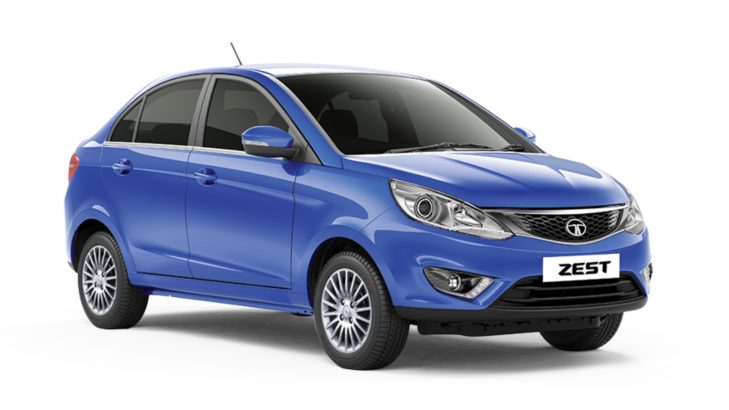
The cars were practical; families loved them (the boot factor) and comfy enough for long drives. The segment met the ‘big’ dream for a big car. At the time when many new buyers boomed and in a society where size of the car really matters (big car = high prestige and pride!!). So, don’t you think a poor car junkie like me would admire none other than those sedans??
Now, I’m dumbstruck with what’s happening in the sedan business. Where the hell are those entry level sedans?? The 2014 Delhi Auto Expo’s succinct remark was – “Hey look, Compact Sedans gonna craze the entry-level henceforth!”. Car makers make it very simply – Either scrap the entry-level sedan; make a compact sedan out of a lower order hatch and fill the void, or move it up the ladder as premium ones. In both the cases, compact sedans live long. They are now entry-levels and those large sedans who were earlier are now sold as premium sedans – cosmetically chic but essentially old-school. Product differentiation actually sucks!
Tata pioneered into compact sedan long back. No one took note of it. Then Suzuki butchered the Dzire to make a compact sedan. Media said “Wow! Wow!! Long Live”. Other makers mouth watered, new Dzire’s sales feat stimulated appetite for them. Honda immediately told “I’m on it”. Its Amaze also prospered and every others caught the clue. Hyundai Xcent, Tata Zest is all ready, Ford says Figo sedan (Fiesta Classic zeroed in), Skoda and VW says something, so on and so forth.
Compact sedans are no exciting (nor Amaze-ing as well!), to be honest. Boldness and solid proportions are the bright personae of sedans. These compacts look awfully diminutive. Look at those narrow rubber to a chunky wheel rim; or the tallness or the upright stance due to the restrictive proportions. Not to mention the shortened wheelbase. All reminds those hatches from which they are derived.
Moreover, for most of the models, for some reasons, the rear design is best to pay no attention! Legroom and boot space are also hit hard, though we can understand depends upon the car and user needs are subjective.
What about drivability then? To me personally, this is the crucial compromise. City driving is listless and so compacts suffices as hatches. Plus, you get punchy engines with good low-end torque. When you take them compacts to highways, the fear psychosis arising out of the fact that the car is carved out of hatch is quite evident.
Although the sub 4-metre sedans are not so bad in highway handling and stability, they find it hard to match with their full-sized sedan rivals. Suspension is a dead giveaway, ride is bumpy and rear-seat comfort just little better than hatches that’s it. Pleasing handling and road manners, with smooth suspension are quintessential to sedans. Compacts are cuckolds in this regard.
I certainly can’t refute their importance. When Suzuki could boldly scrap its best-selling sedan for a compact one, it simply means that their potentiality is undisputable. Maruti Suzuki Dzire proved this to fact by its whooping sales. As does Amaze. City dwellers like its smallness – stress less traffic manoeuvrability and parking, efficient as hatches, does have a boot unlike hatches, so on. But what is more disturbing is its marketing strategy.
Also Read: Ford Figo Aspire: The Best Pick, Now With Huge Price Cuts
When we go back to the earlier period I was talking about, the genera in the car market was sharp. There were hatches, entry-level sedans, full-sized premium sedans, and luxury saloons in the order. Just to clarify, my definition of a true ‘Sedan’ or a ‘Saloon’, while considering the global standards especially the European and American markets, would be those cars above 4.5 metres in length, 1.7 metres above in width, 1.6-litre plus engine, and so on – typically of the size of our country’s executive saloons like the Cruze, Laura or Elantra, etc. Naturally, cars like Accent, Fiesta and City become entry-level sedans. I also leave out SUVs and MUVs in this discussion. Hatchbacks were sold in ₹2 -5 lakh range, sedans from ₹4-8 lakhs, and the executives above ₹10 lakhs mark. Class differentiation was so distinct, in terms of features as well as technology.
Now, one could find different segmental patterns all together in terms of product line-up in the market. Base prices for every segments have escalated (even if you discount inflation trend, prices have shot up exponentially in spite of increased mass production, product sharing and localisation) and you have numerous new products and cross-overs, making the picture more complex. Classes now go as entry-level hatches, full-sized hatches, compact sedans, sedans, premium sedans, and luxury saloons and beyond.

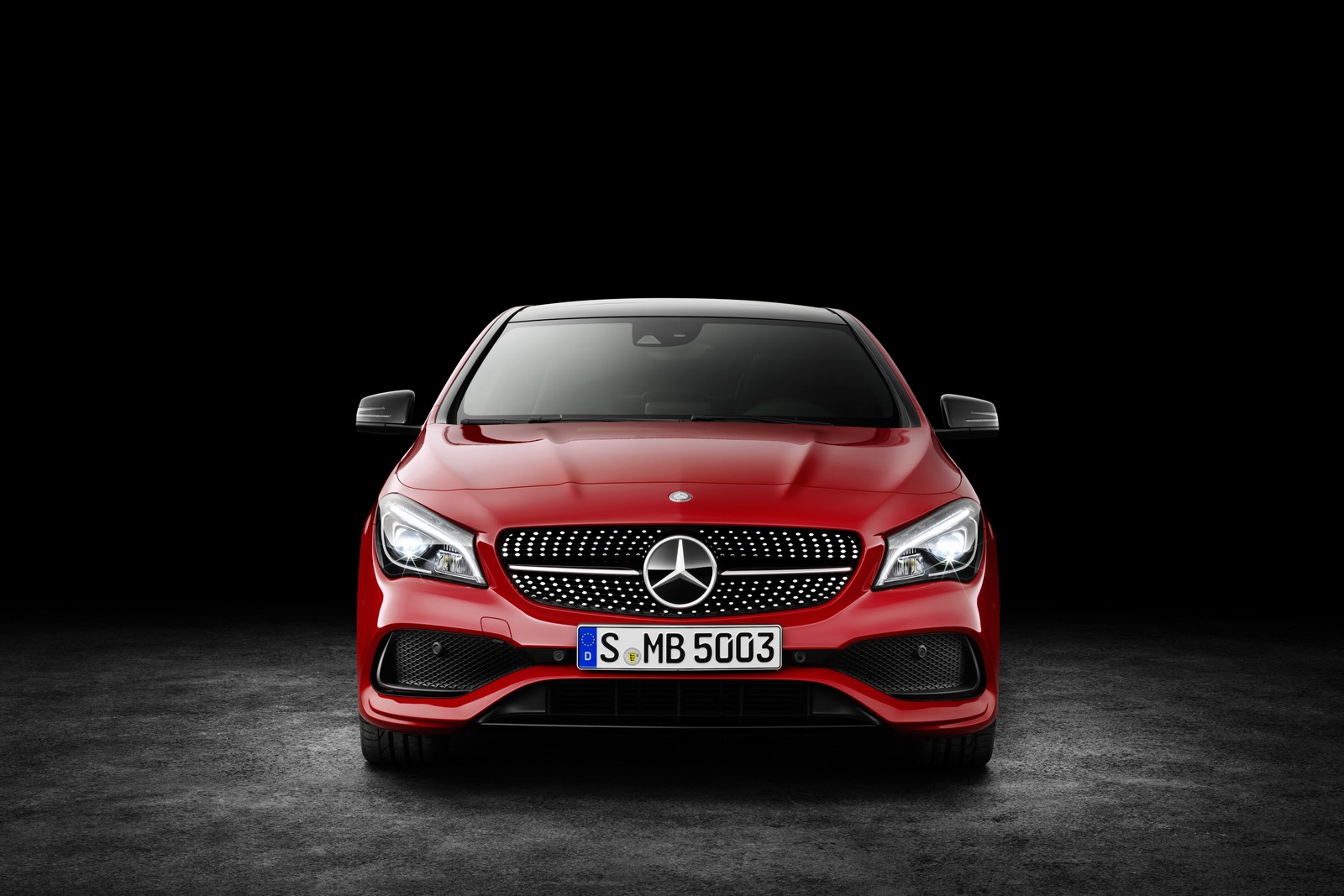


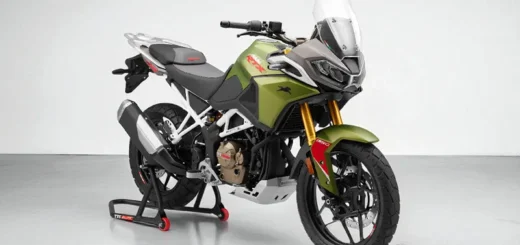
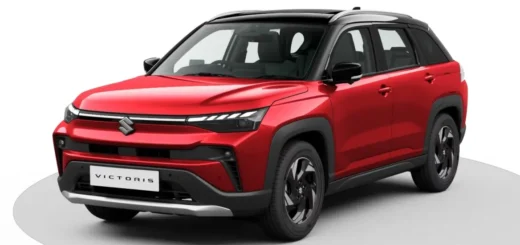

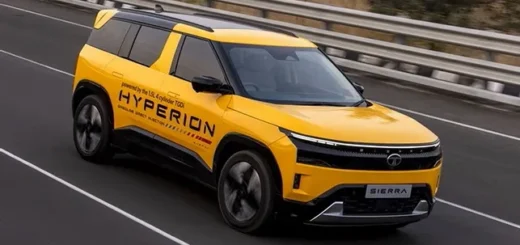
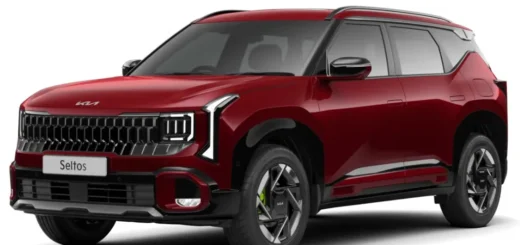

All that car companies want is to maximise their profits in all possible ways. Consumer exploitation is common these days. In cars, why mass production & platform sharing do not bring down costs at all??